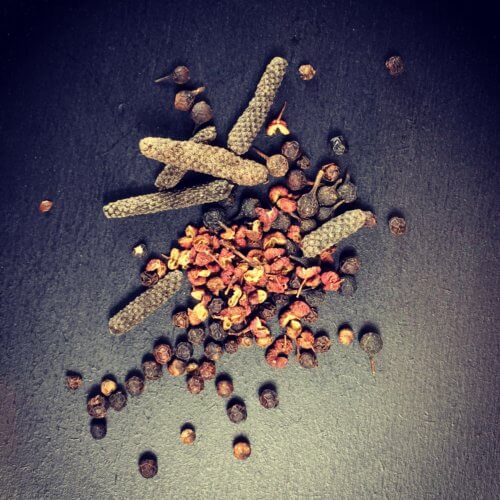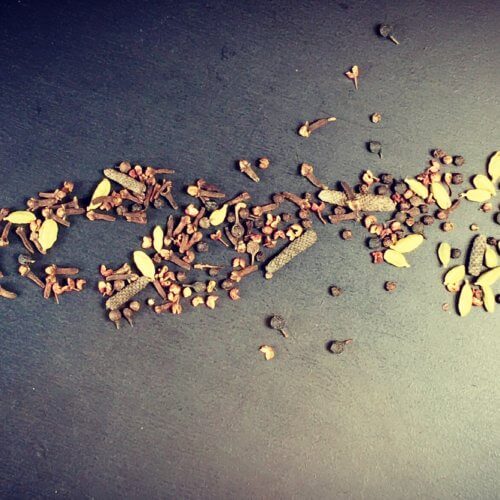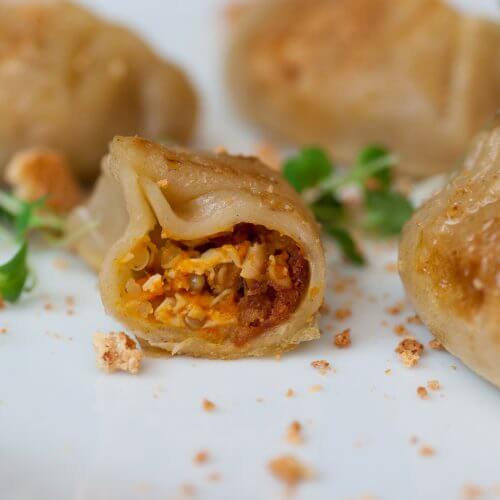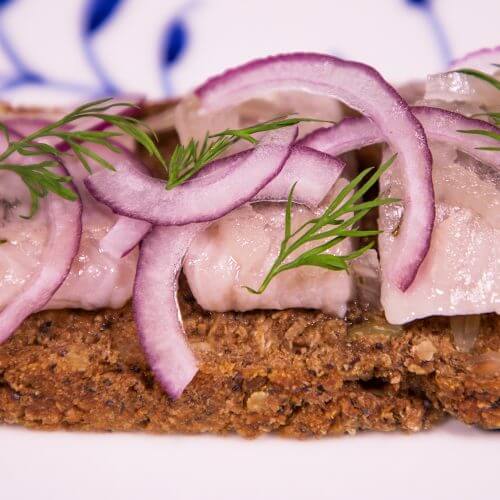BBQ
In this tutorial we talk about barbecue and thermal energy transfer, which we think are indispensable to a real understanding of food prep.
You will need:
Chicken:
Serves 2
4 chicken drumsticks
300g natural yoghurt
1 teaspoon chilli flakes
1/2 teaspoon turmeric
1/4 teaspoon cinnamon
1/4 teaspoon ginger
1/4 teaspoon ground mustard seeds
1 teaspoon cumin
Stuffed burgers:
Serves 2
500g minced beef (10% fat)
1 red onion, finely chopped
2 tablespoons of dried wild m mushrooms, ground
100g roquefort cheese (or another blue cheese)
Salt and pepper
There’s something about cooking over a real fire; something deeply satisfying. Flame and smoke gives food a unique flavour, but there’s more to it than that. Live fire cooking is the basis for the entire history of food, and a crucial step in the development of our very species.
In very simple terms, cooking uses three modes of thermal energy transfer:
Conduction is perhaps the most obvious. Food is cooked via direct contact with a hot surface, like a frying pan or griddle. Good for quickly searing or charring the outside.
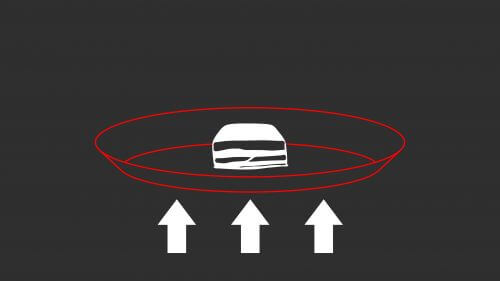
Convection is the circulation of heated air or liquid, enveloping the food in a continuous and steady heat, often cooking it slower but with greater evenness and precision. Fan ovens and sous vide are both examples of this.
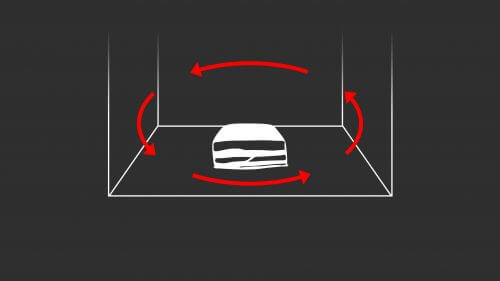
Radiation is quite different. It delivers heat straight from the burning fuel to the food via electro-magNETic energy, without the need for direct contact. This is how grilling or broiling works. At high temperatures radiation is a very effective way of triggering the Maillard reaction (browning and caramelising the outside), but it can also dry out the food, and is prone to hot spots and uneven cooking.
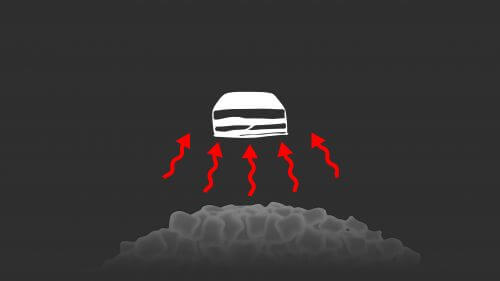
We are using an outdoor cooker based on the Japanese mushikamado – an ancient type of stove, originally used for steaming rice. The two main principles behind the mushikamado are air flow and heat reflection. Controlling the air flow through the coals allows precise temperature adjustment, and makes slow cooking very easy.
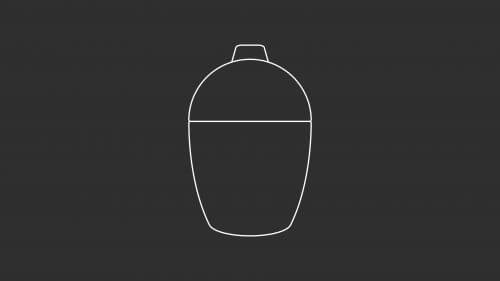
Marinated chicken
Combine the yoghurt with spices
Just coat them liberally and let them marinate for 20 minutes until you’re ready to cook
We put these in on quite a high heat – 250C degrees centigrade, then lowered the temperature after one minute to 180C
Turn them after 8 to 10 minutes, depending on the size
Check that the chicken is cooked either by cutting open or inserting a meat thermometer (75C is the safe temperature for chicken)
Serve with a green salad or any of our side salads on our recipe page
Stuffed beef burgers
First, fry the onions in little oil with a pinch of salt until golden brown
Leave to cool in a bowl
Combine the beef with the mushrooms, onions, salt and pepper, and combine thoroughly
Start shaping into 4 patties
Once they look roughly equal in size, start flattening them out, keep them quite thin and tightly compacted
Then add half the cheese
Add another pattie on top and seal it tightly
Repeat the process for as many burgers as you need
They should be oiled before cooking, otherwise they may stick to the barbecue grid – we used a little truffle oil for this
We got the temperature to about 200C inside the barbecue, giving them 10 minutes on one side, then slightly less on the other side
Clearly, this will vary depending on the barbecue and the burgers themselves. A quick pinch will usually reveal if they’re ready – they should be stiff and not very yielding to the touch
Otherwise use a thermometer or just cut one open
As a lot of barbecues will feed adults as well as children and elderly, we would recommend cooking the burger just through – the cheese will keep it beautifully moist
